According to Ken Moriyasu, a reporter for Nikkei Asia, the two sides have agreed on costs and related issues.
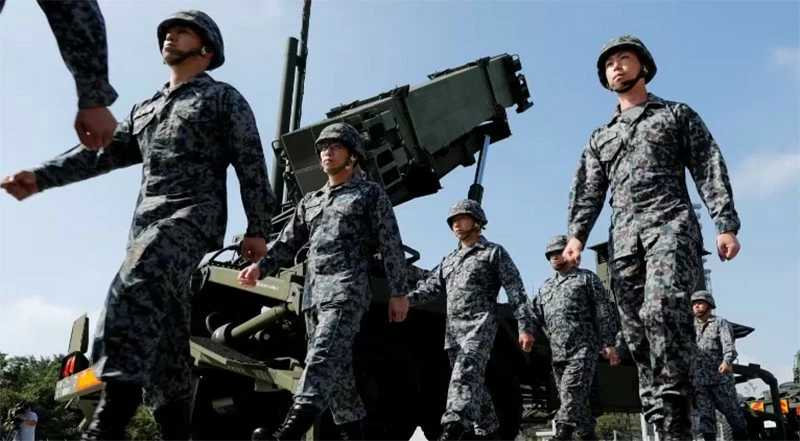 |
| Patriot Advanced Capability-3 (PAC-3) missile. |
Japan will sell some Japanese-made Patriot missiles to the United States for 3 billion yen ($19 million) to help replenish the depleting US stockpile, Ken Moriyasu wrote.
The deal, announced by Japan's Acquisition, Technology and Logistics Agency (ATLA) on Sunday, comes seven months after Japan decided to transfer some of its Self-Defense Forces' (SDF) existing Patriot systems at the request of the Biden administration.
The quantity has not been disclosed yet. ATLA said the SDF will soon sell standard PAC-3 missiles to the US military.
The Patriot missile, which stands for "Phase-Tracking Array Radar for Target Interception," is the United States Army's most advanced air defense system, capable of detecting and shooting down incoming missiles, according to the Congressional Research Service.
In the United States, the radar and ground systems are manufactured by RTX, formerly Raytheon Technologies, while the interceptor missiles are manufactured by Lockheed Martin.
Japan's Mitsubishi Heavy Industries produces about 30 missiles a year for the Air Self-Defense Force. The SDF currently operates three types of Patriot missiles: the PAC-2, the PAC-3, and the more advanced PAC-3 MSE, which stands for Missile Segment Enhancement. An advanced PAC-3 missile typically costs about $4 million.
The MSE variant has an extended range of up to 50%. The two countries have confirmed that the PAC-3 missiles will not be provided to non-U.S. government entities and will be added to the U.S. stockpile, Japan's Defense Ministry said in a press release on Sunday.
At the 2-plus-2 meeting of Foreign and Defense Ministers in Tokyo on Sunday, the United States and Japan agreed to expand joint production of the PAC-3 MSE and begin joint production of the Advanced Medium-Range Air-to-Air Missile (AMRAAM).
While the scale of the Patriot transfer may be small, “it is important to set a precedent,” said Yuki Tatsumi, a senior fellow at the Stimson Center. With a clear signal from the United States about increased production cooperation, “Japanese industry may invest more in its own capabilities,” she said.
In addition, the need for such weapons is “severe” and joint efforts on co-production will be a “top priority,” according to a statement by the ministers. They also agreed to establish a new US joint forces command to assume “primary responsibility for coordinating security operations in and around Japan.”
Source: https://baoquocte.vn/tiet-lo-loai-vu-khi-ma-nhat-ban-sap-ban-cho-my-280669.html




![[Photo] Looking back at the impressive moments of the Vietnamese rescue team in Myanmar](https://vstatic.vietnam.vn/vietnam/resource/IMAGE/2025/4/11/5623ca902a934e19b604c718265249d0)


![[Photo] "Beauties" participate in the parade rehearsal at Bien Hoa airport](https://vstatic.vietnam.vn/vietnam/resource/IMAGE/2025/4/11/155502af3384431e918de0e2e585d13a)


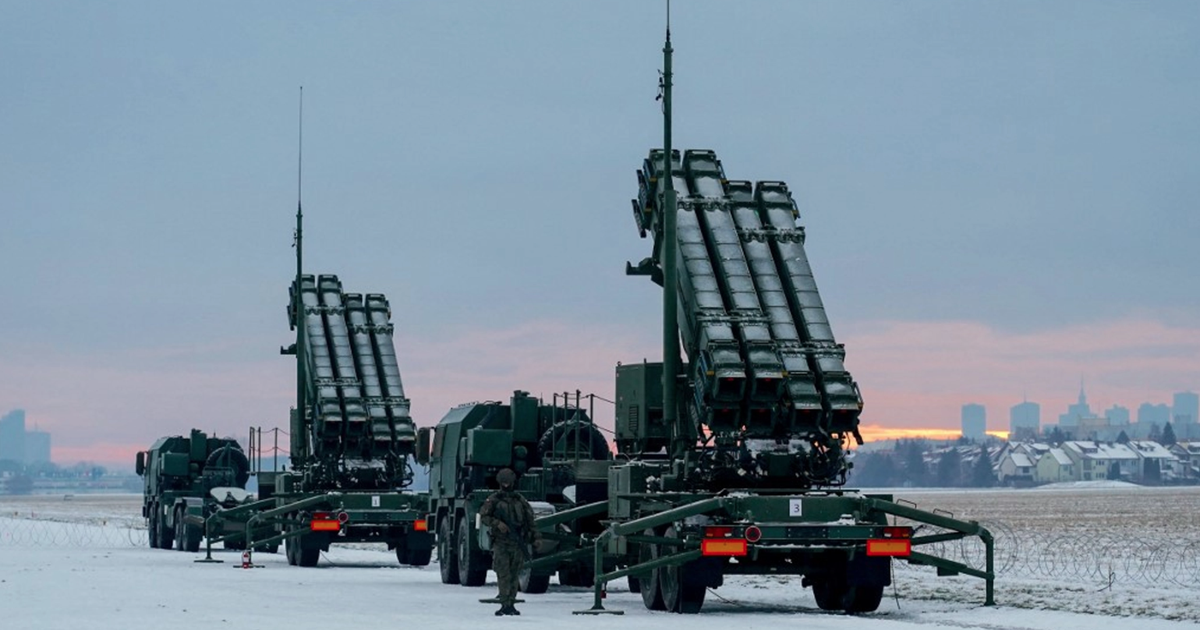

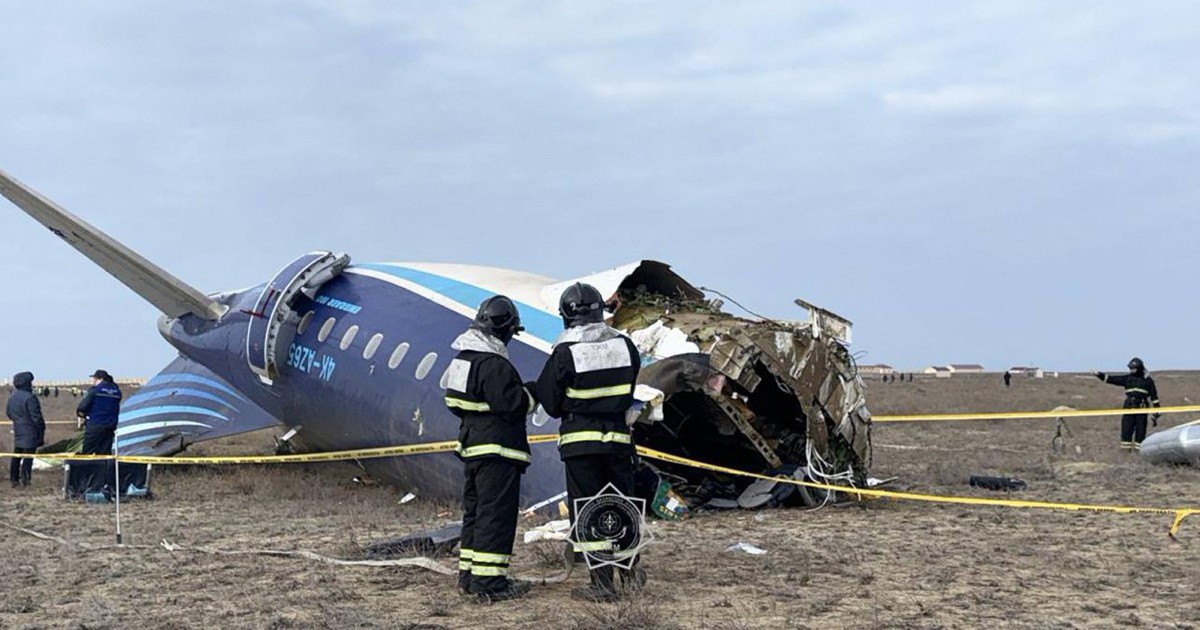
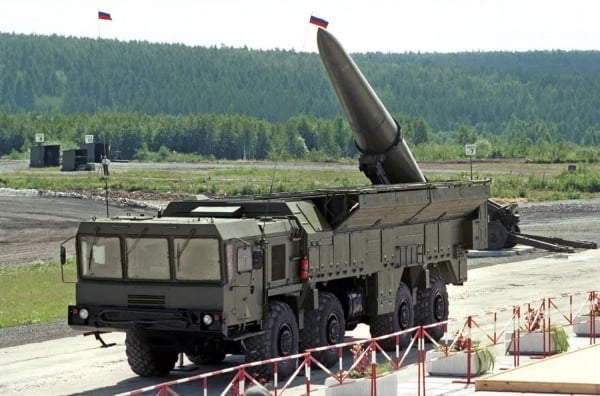
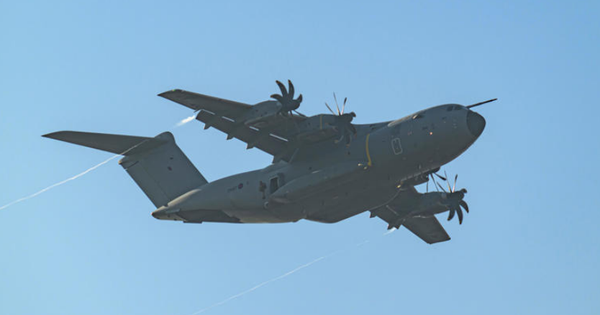
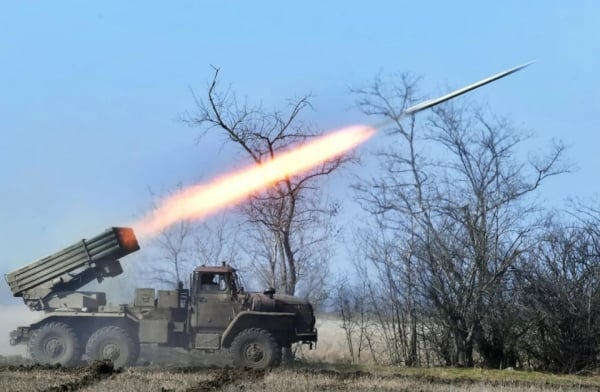

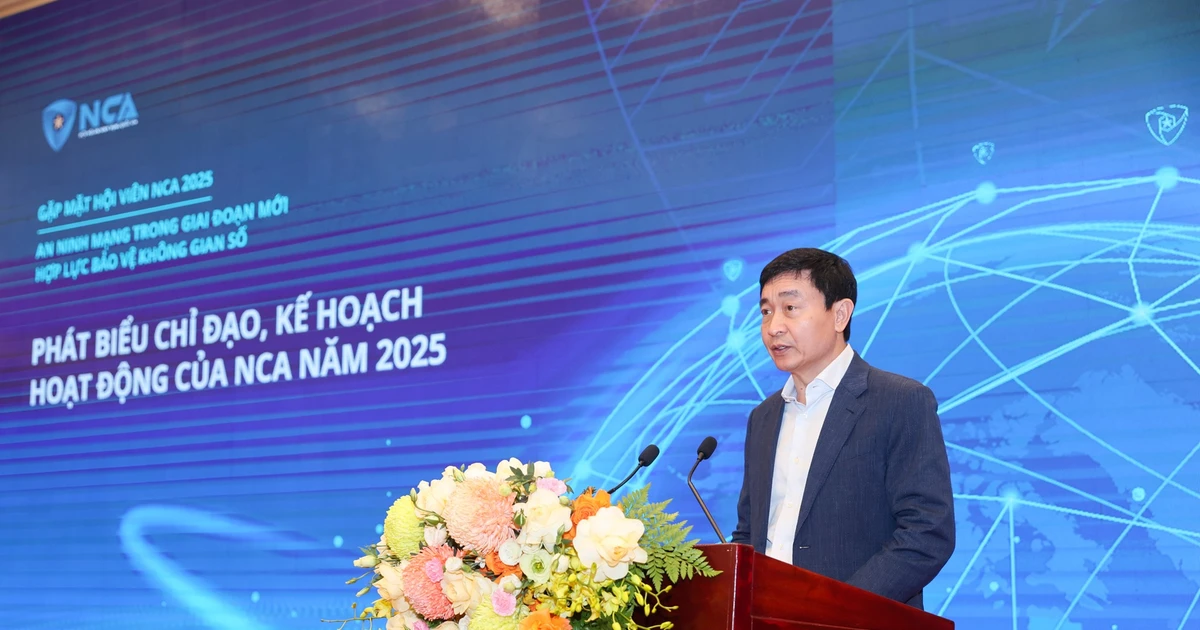
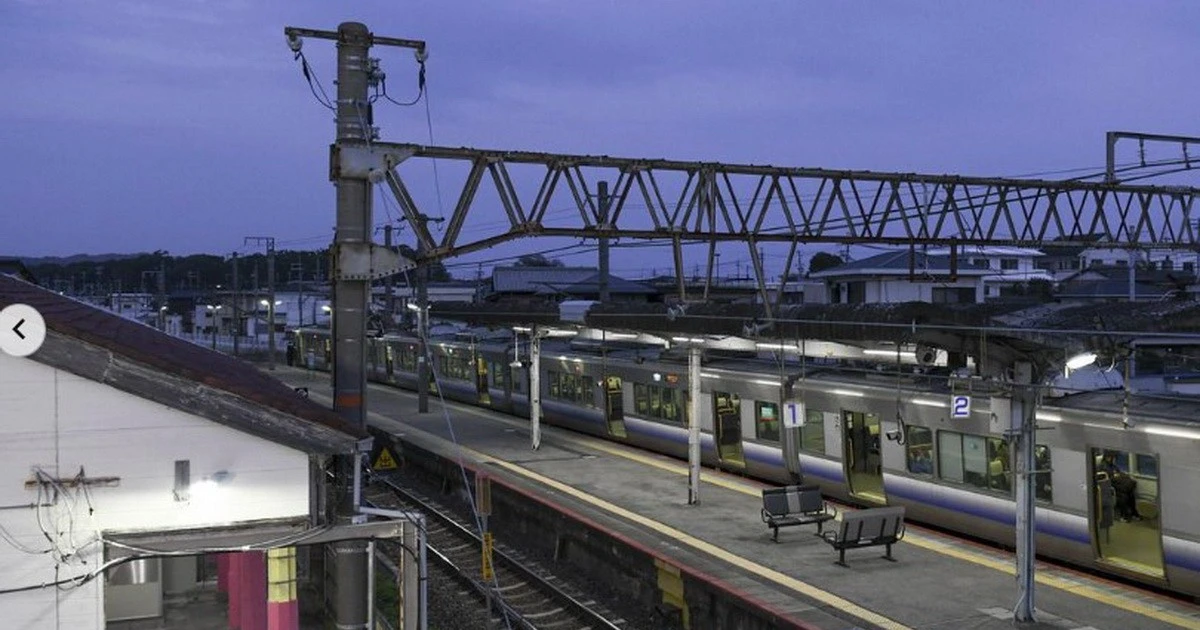
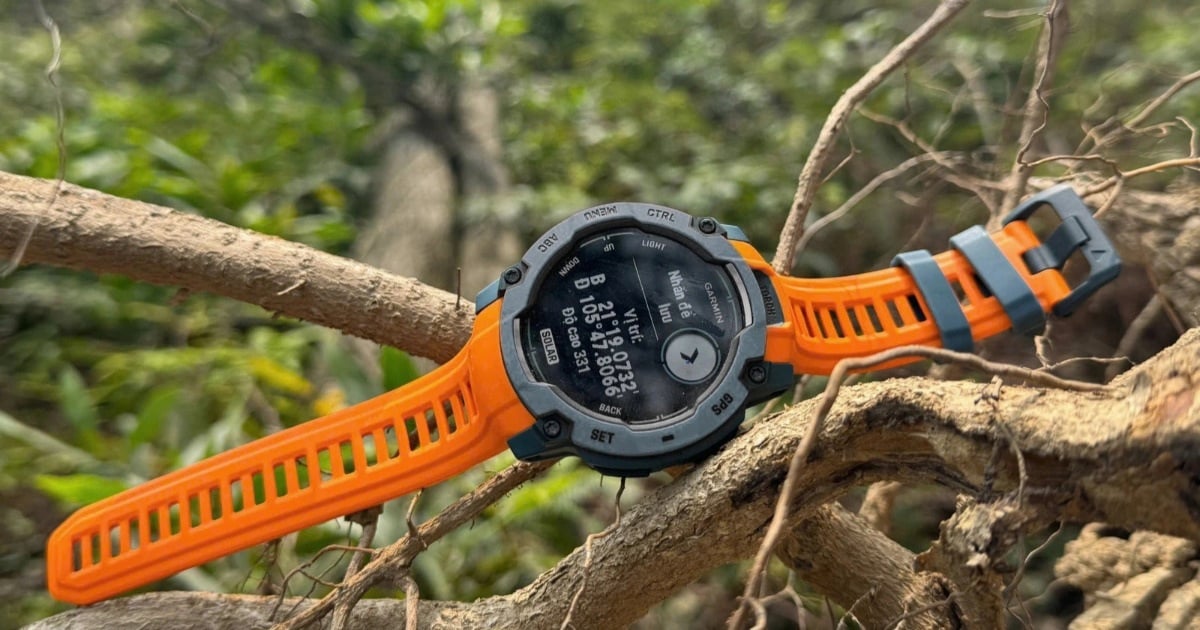


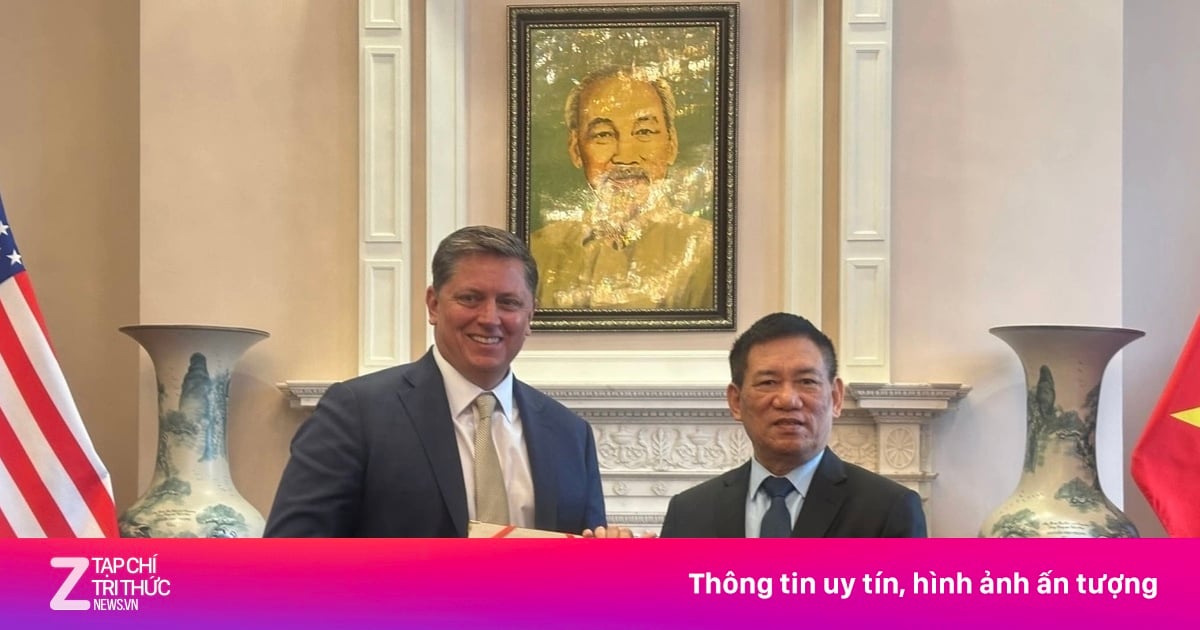


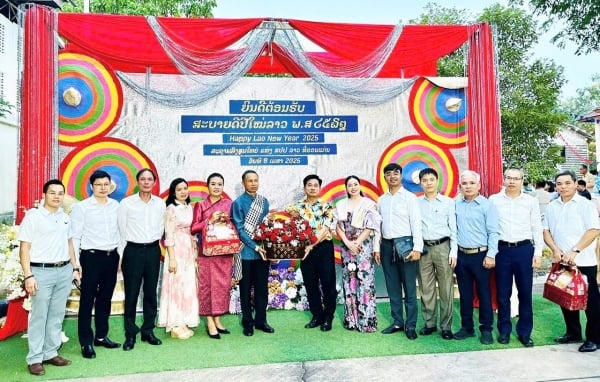

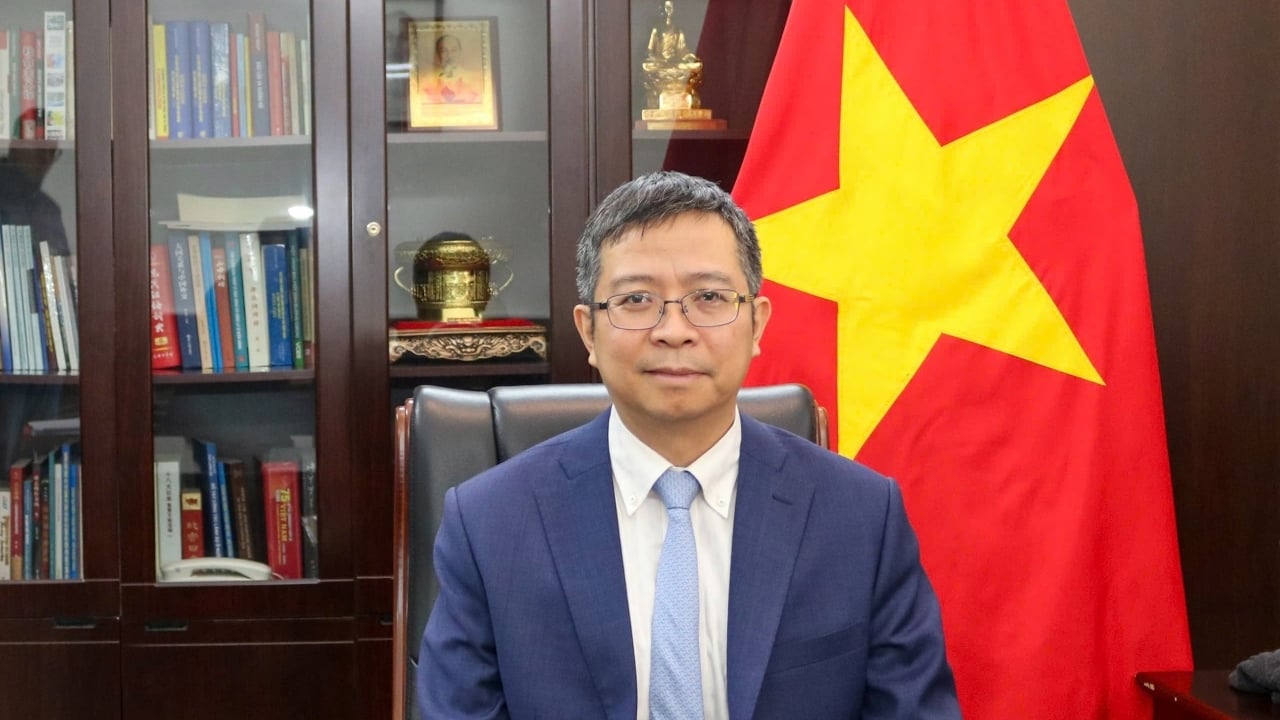

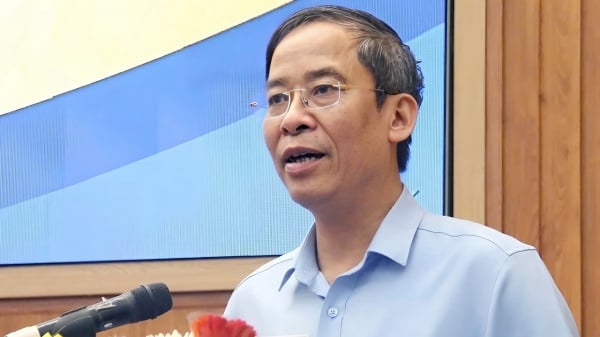
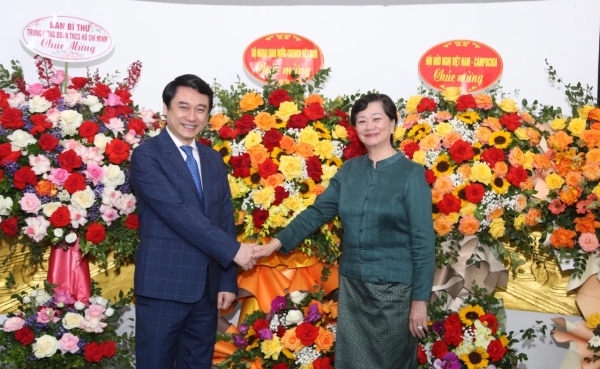

![[Photo] Summary of parade practice in preparation for the April 30th celebration](https://vstatic.vietnam.vn/vietnam/resource/IMAGE/2025/4/11/78cfee0f2cc045b387ff1a4362b5950f)





































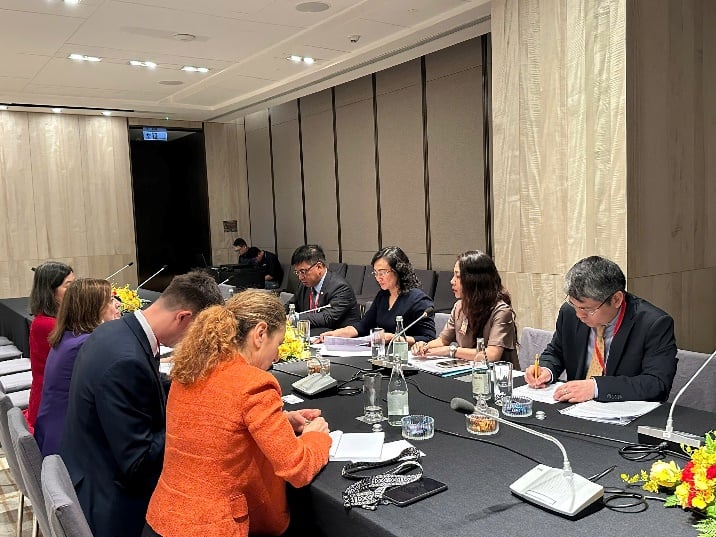

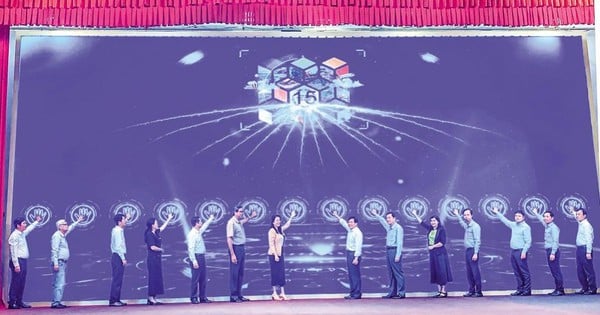
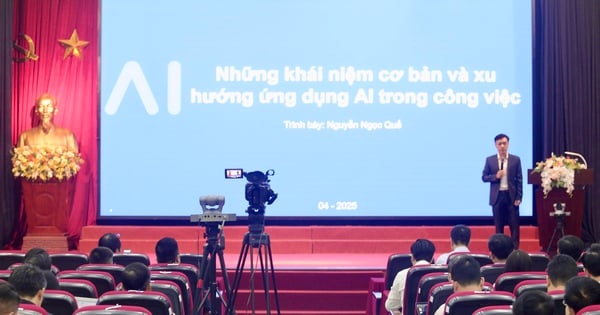
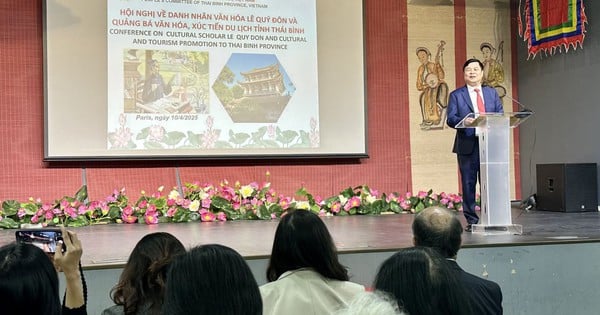
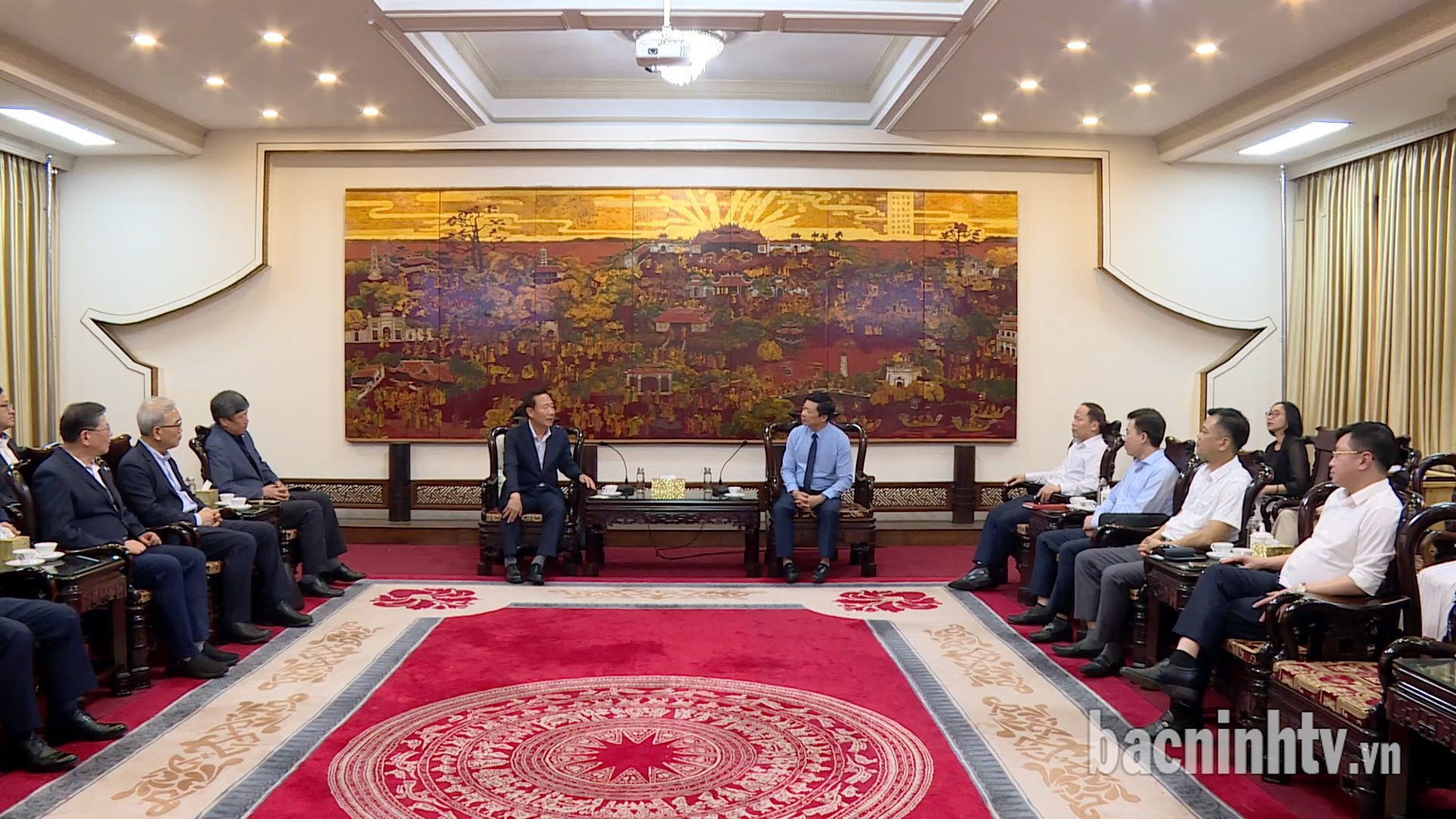
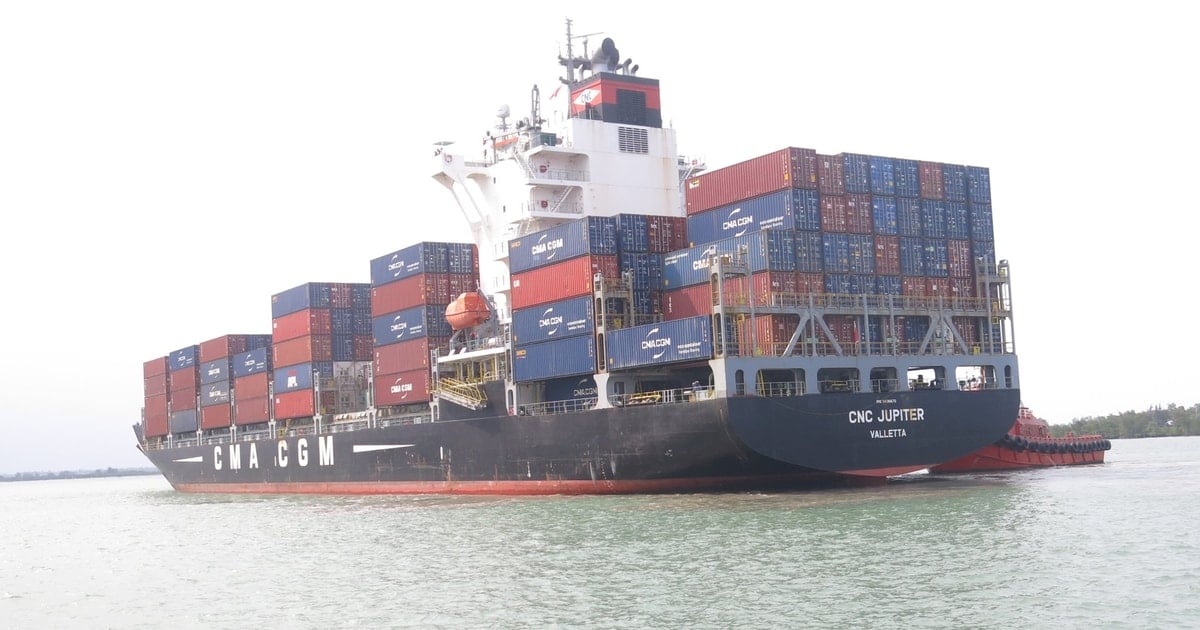





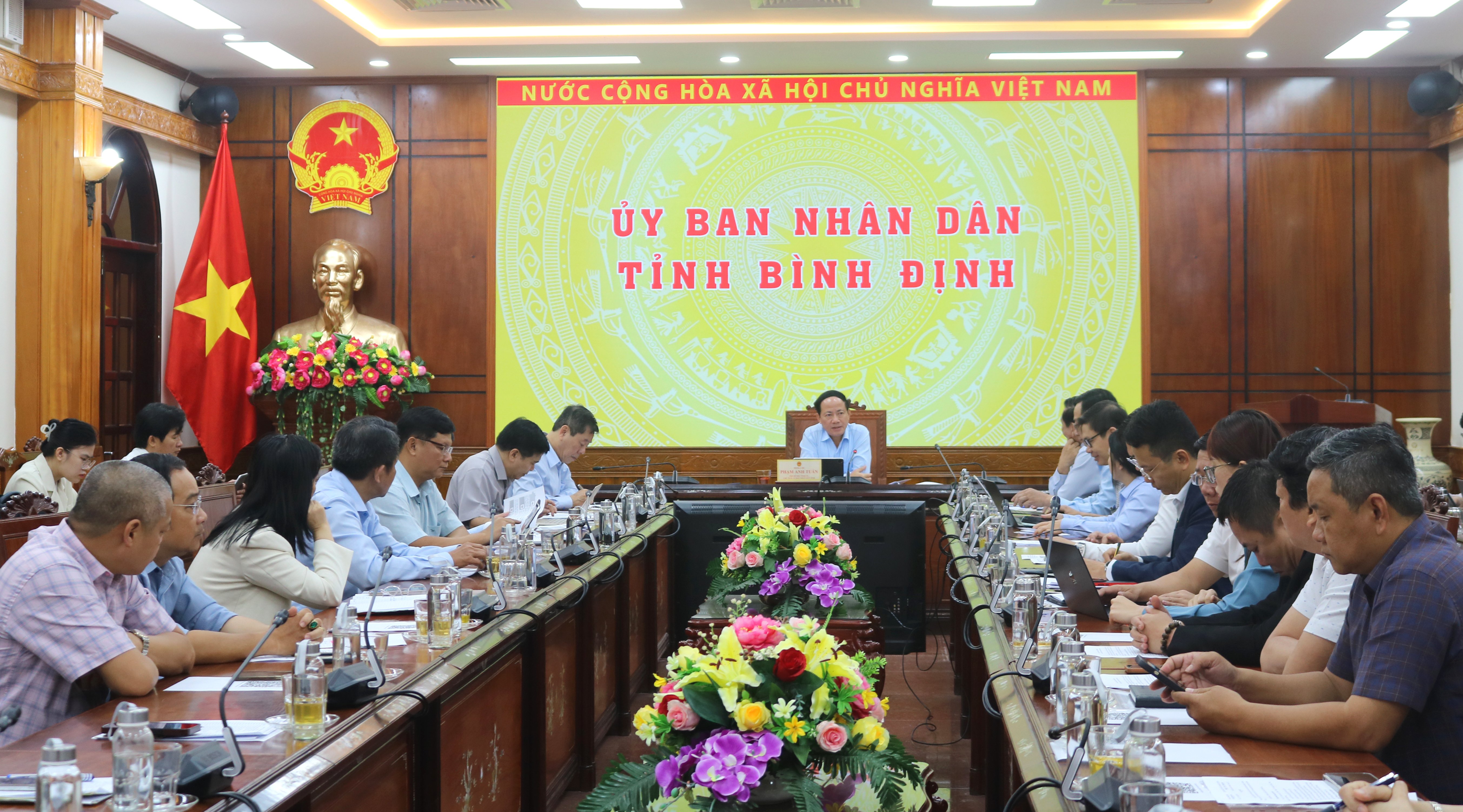













Comment (0)